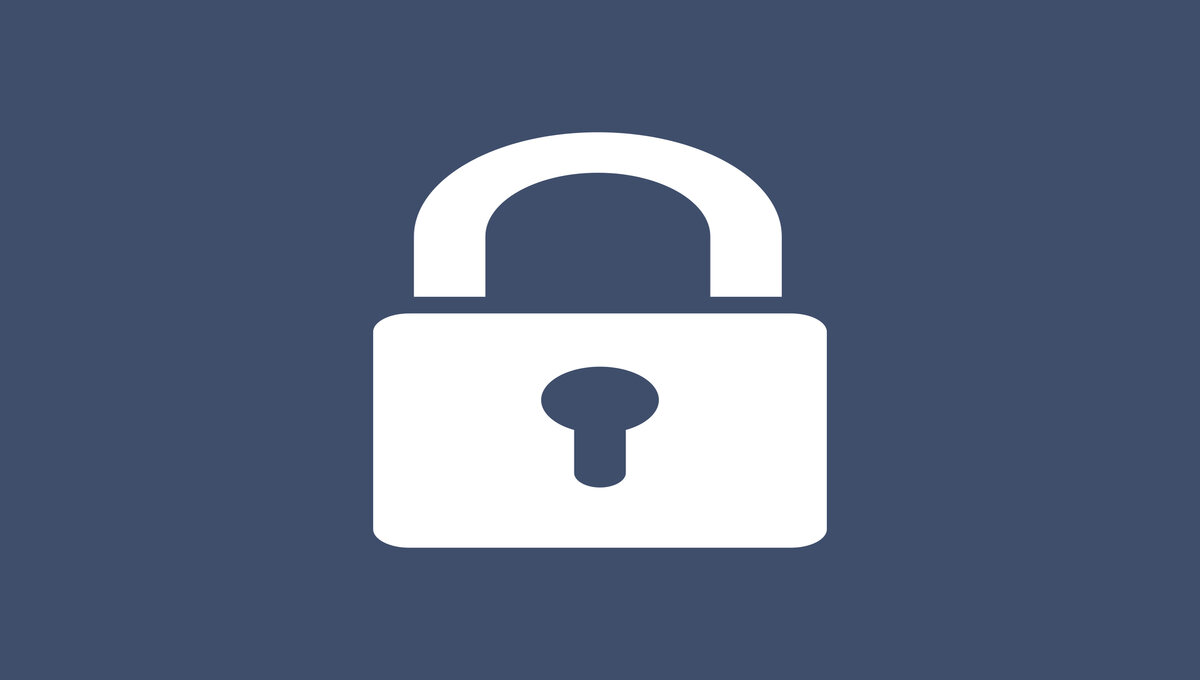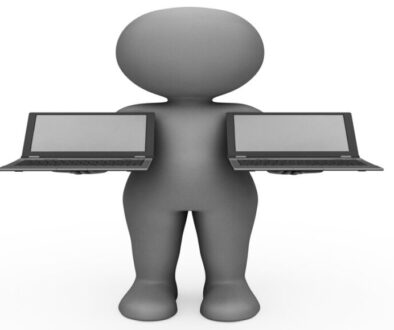What Is An Internet Of Things? | Best Framework IOT 2024
The Internet of Things (IoT) Framework is like a blueprint or a set of guidelines for connecting different devices and objects to the Internet so they can communicate and work together. Imagine you have a smart thermostat, a smart fridge, and smart lights in your home. The Internet of Things framework helps these devices talk to each other and to you through your smartphone or computer. It defines how data is collected, processed, and shared among these devices securely and efficiently. Think of it as a foundation that enables all your smart devices to work seamlessly together, making your life easier and more convenient.
Definition of Internet of Things
The Internet of Things refers to interconnected devices and sensors that collect, exchange and analyze data to automate processes and improve efficiency. The Internet of Things (IoT) refers to the network of interconnected devices, appliances, and gadgets that are equipped with sensors, software, and connectivity features, enabling them to collect and exchange data with each other or with centralized systems over the Internet.
These devices can range from everyday objects like household appliances and wearable gadgets to industrial machines and vehicles. IoT technology facilitates seamless communication and automation, allowing for improved efficiency, convenience, and functionality in various aspects of life, work, and industry.
An IoT framework provides the necessary infrastructure and protocols for connecting devices, managing data, and facilitating communication within the IoT ecosystem. It serves as a blueprint for building scalable and interoperable IoT solutions.
Components of an Internet of Things Framework
Devices: IoT frameworks support a wide range of devices, including sensors, actuators, and smart appliances, which collect data and interact with the physical world.
Connectivity: Connectivity is crucial in an IoT framework, enabling seamless communication between devices and the cloud or other edge computing resources.
Data Processing: IoT frameworks incorporate data processing capabilities to analyze and interpret the vast amount of data generated by connected devices, extracting valuable insights for decision-making.
Application Interface: An application interface allows developers to build custom applications and services that leverage the functionalities of the IoT framework, enabling innovative use cases and solutions.
Types of Internet of Things Frameworks
Open Source Frameworks
Open-source IoT frameworks, such as Arduino and Raspberry Pi, offer flexibility and customization options, making them popular for prototyping and DIY projects. Open source frameworks are like toolkits or sets of rules that developers share with others for free. They provide a foundation or structure for building software applications or websites. Think of them as pre-made templates with code that developers can use and modify to create their own projects.
These frameworks are created and maintained by a community of developers who contribute their expertise and improvements. Because they’re open source, anyone can access, use, and modify them, making them a collaborative and cost-effective way to build software.
Proprietary Frameworks
Proprietary IoT frameworks, such as AWS IoT and Microsoft Azure IoT, provide comprehensive tools and services for building scalable and secure IoT solutions, backed by robust support and integration capabilities. Proprietary frameworks are like exclusive toolkits or sets of rules that are owned and controlled by a specific company. They’re not freely available for everyone to use or modify.
Instead, they’re developed and maintained by the company that owns them, and access to them usually requires a license or payment. These frameworks often offer unique features or advantages that the company wants to keep exclusive. While they can be powerful and efficient, their use is restricted to those who have permission or pay for access, making them less accessible to the wider developer community.
Key Features and Characteristics of the Internet of Things
An IoT framework is like a sturdy foundation for building a house. In the world of technology, it’s a set of tools, protocols, and standards that make it easier to connect and manage all sorts of devices, from smart thermostats to wearable fitness trackers.
Think of it this way: without a framework, every device would speak its own language, making it difficult for them to communicate effectively with each other. But with a framework in place, they can all follow the same set of rules, allowing them to work together seamlessly.
This is crucial because it enables the Internet of Things (IoT) to function smoothly and efficiently. With an IoT framework, businesses can collect and analyze data from countless devices, leading to improved efficiency, better decision-making, and new opportunities for innovation.
In essence, an IoT framework simplifies the complexity of connecting and managing diverse devices, making the whole IoT ecosystem more accessible and valuable to businesses and consumers alike.
Security: Security is paramount in IoT frameworks to protect sensitive data and prevent unauthorized access or tampering, requiring robust encryption, authentication, and access control mechanisms.

Flexibility: Flexibility allows IoT frameworks to adapt to evolving requirements and technologies, enabling organizations to future-proof their IoT deployments and stay ahead of the curve.
Benefits of Using Internet of Things Frameworks
Using IoT frameworks brings several benefits, a few of which are as
Interconnectivity: Internet of Things frameworks enable different devices to communicate and work together seamlessly, creating a unified system. For example, your smart thermostat can talk to your smart lights to adjust brightness based on the time of day.
Efficiency: By automating processes and data exchange between devices, IoT frameworks can streamline operations. For instance, sensors in manufacturing equipment can automatically detect and report malfunctions, reducing downtime.
Data Insights: Internet of Things frameworks facilitate the collection and analysis of vast amounts of data from connected devices. This data can be used to gain valuable insights into user behavior, product performance, and operational efficiency.

Remote Monitoring and Control: With IoT frameworks, you can remotely monitor and control devices from anywhere with an internet connection. This allows for greater flexibility and convenience, such as adjusting your home thermostat while you’re away.
Cost Savings: By optimizing processes, reducing manual intervention, and improving resource utilization, IoT frameworks can lead to cost savings in various industries, from energy management to healthcare.
IoT frameworks empower businesses and individuals to harness the potential of connected devices to improve efficiency, productivity, and decision-making.
Challenges in Implementing Internet of Things Frameworks
Implementing Internet of Things frameworks can pose several challenges:
Security Concerns: Connecting numerous devices to the internet increases the risk of cyber-attacks and data breaches. Ensuring robust security measures, such as encryption and authentication, is crucial to protect sensitive information.
Interoperability Issues: IoT devices from different manufacturers may use different communication protocols or standards, making it difficult for them to communicate effectively. Ensuring compatibility and interoperability among devices is essential for seamless operation.
Scalability: As the number of connected devices grows, managing and scaling the IoT infrastructure becomes more complex. Ensuring that the framework can support a large number of devices and handle increased data volume is essential for long-term success.
Data Privacy: Collecting and analyzing data from IoT devices can raise privacy concerns, particularly regarding personal or sensitive information. Implementing transparent data handling practices and obtaining user consent is essential to maintain trust.

Reliability and Connectivity: Internet of Things devices may experience connectivity issues or downtime, leading to disruptions in operations. Ensuring reliable connectivity and implementing failover mechanisms are critical to maintaining continuous operation.
Addressing these challenges requires careful planning, robust infrastructure, and ongoing monitoring and maintenance to ensure the successful implementation of IoT frameworks.
Case Studies
Successful Implementations: Case studies of successful IoT implementations showcase real-world examples of how organizations have leveraged IoT frameworks to achieve tangible benefits and competitive advantages.
Lessons Learned: By examining lessons learned from past IoT projects, organizations can avoid common pitfalls and challenges, ensuring smoother deployments and better outcomes.
Conclusion
IoT frameworks play a pivotal role in realizing the full potential of the Internet of Things, providing the necessary infrastructure and tools for building scalable, secure, and interoperable IoT solutions. Despite challenges and complexities, the benefits of IoT frameworks far outweigh the risks, driving innovation and digital transformation across industries.



